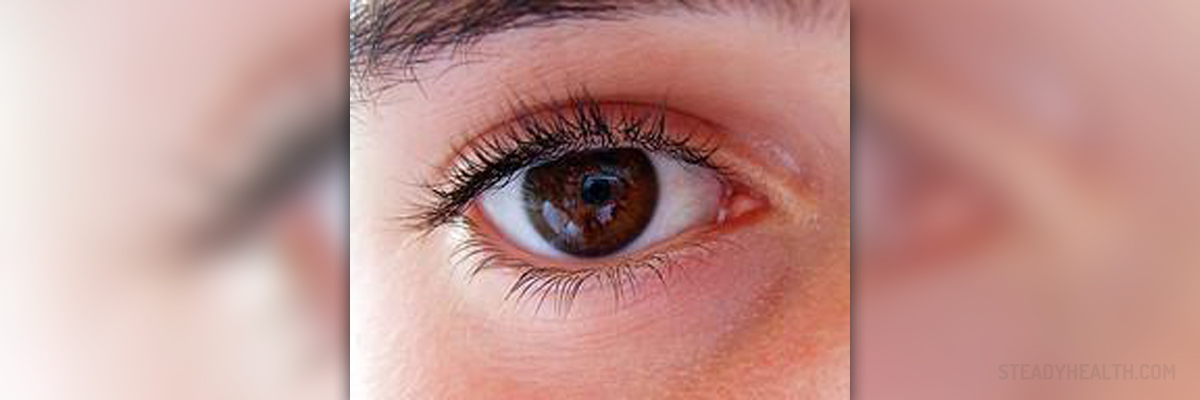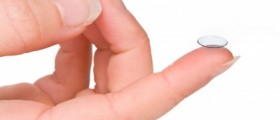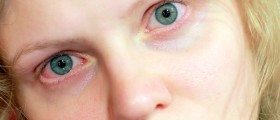
Keratoconus is a medical condition that affects the cornea. The cornea is a transparent, dome-shaped part of the eye. Similarly to the lens, the cornea refracts the light, therefore it is essential for normal vision. However, in some cases the curvature of the cornea may alter and this can cause serious changes in one's vision. In case of keratoconus normally round cornea changes its shape and starts to bulge eventually developing a cone-like shape.
Clinical Characteristics of Keratoconus
The condition usually affects both eyes and the first symptoms and sings occur in puberty or late teens. The progression is generally slow and it may take approximately 10 years to cause serious vision problems.
Majority of patients complain about blurred and distorted vision as well as increased sensitivity to bright light. Headache is another symptom which develops as a consequence of prolonged eyestrain. Additionally, there are problems associated with night vision. In some cases patients even end up with hydrops (rupture of the back of the cornea).
Prevention of Keratoconus
Even though in many cases keratoconus simply cannot be prevented, there are some measures one can apply to try to prevent the condition.
For example, one should be careful when rubbing his/her eyes. Vigorous rubbing (especially if it is performed each and every day) may damage the cornea and eventually lead to keratoconus. The actual connection between vigorous rubbing of the eyes and keratoconus has not been proven but this still may be a potential cause of keratoconus.
Rigid contact lenses are made of hard materials. If one wears this type of contact lenses, it is essential to pay close attention when using them. They should fit properly and if there is ill-fitting of any kind, the person should consult his /her ophthalmologist.
Treatment for Keratoconus
Because keratoconus can hardly be prevented, once it occurs it should be properly treated.
There are several treatments for keratoconus. One of the most efficient treatments includes contact lenses. There are different types of contact lenses available for patients suffering from keratoconus. Some of them are rigid gas permeable contact lenses, piggyback lenses, hybrid lenses, customized contact lenses, scleral contact lenses while patients may also benefit from eyeglasses or even soft contact lenses.
Surgery is recommended only in patients in whom keratoconus cannot be properly corrected with contact lenses. Corneal inserts and corneal transplant are two surgical procedures done in patients suffering from keratoconus. Corneal transplant carries risk of certain complications such as graft rejection, infection, cataract and glaucoma. Still, many patients are quite satisfied with the results of the surgery.

















Your thoughts on this
Loading...